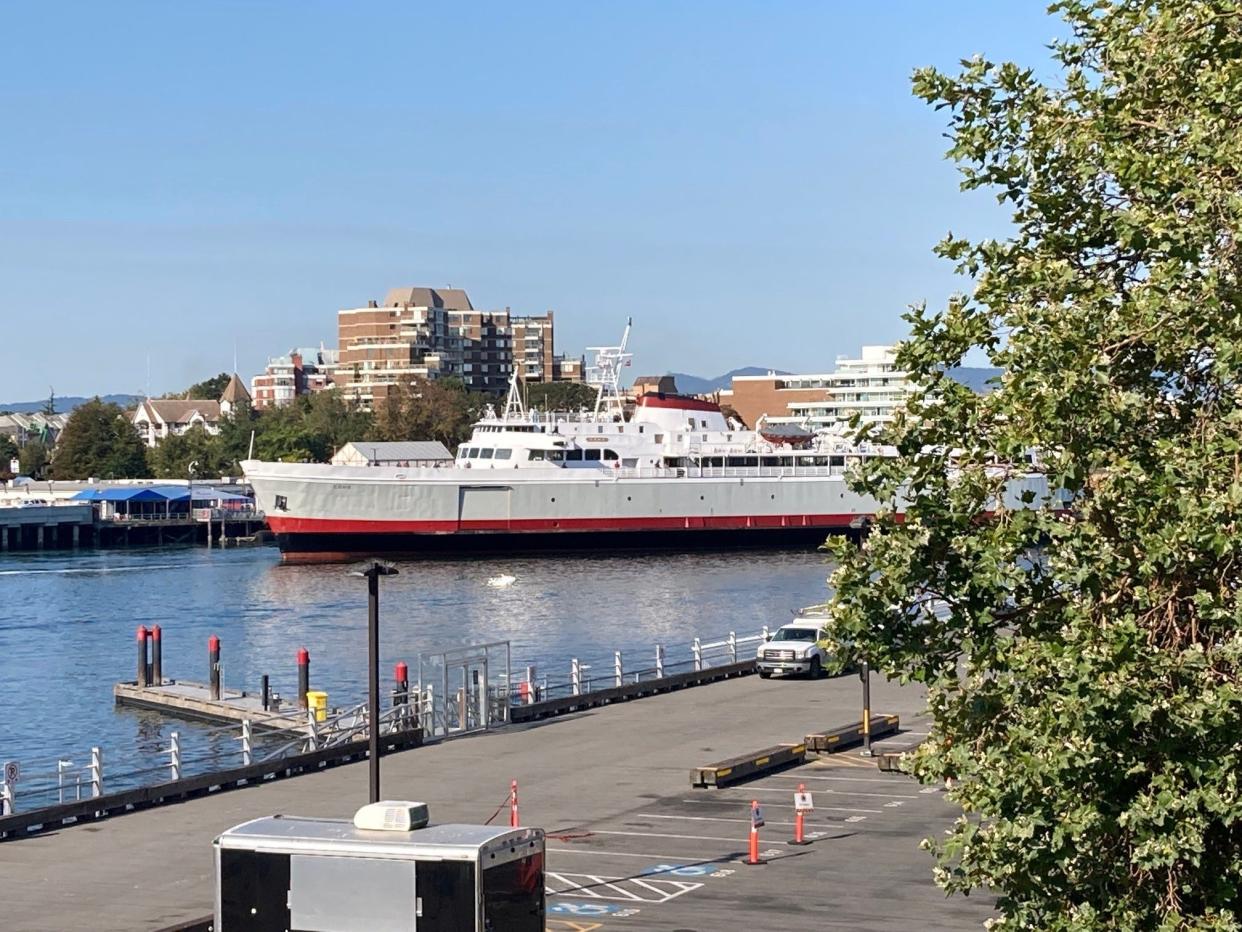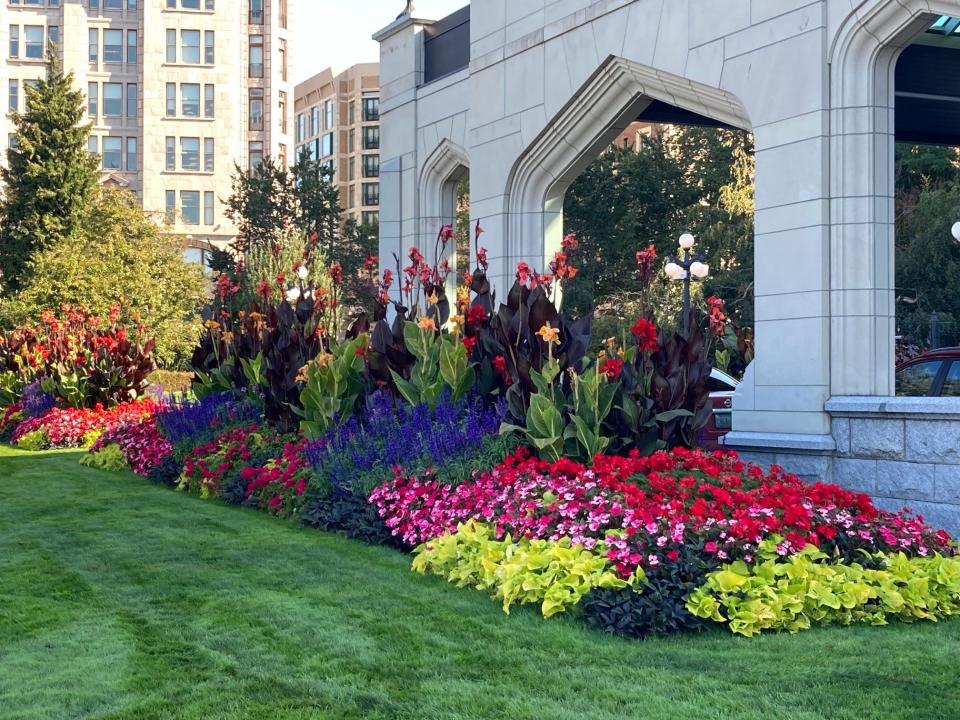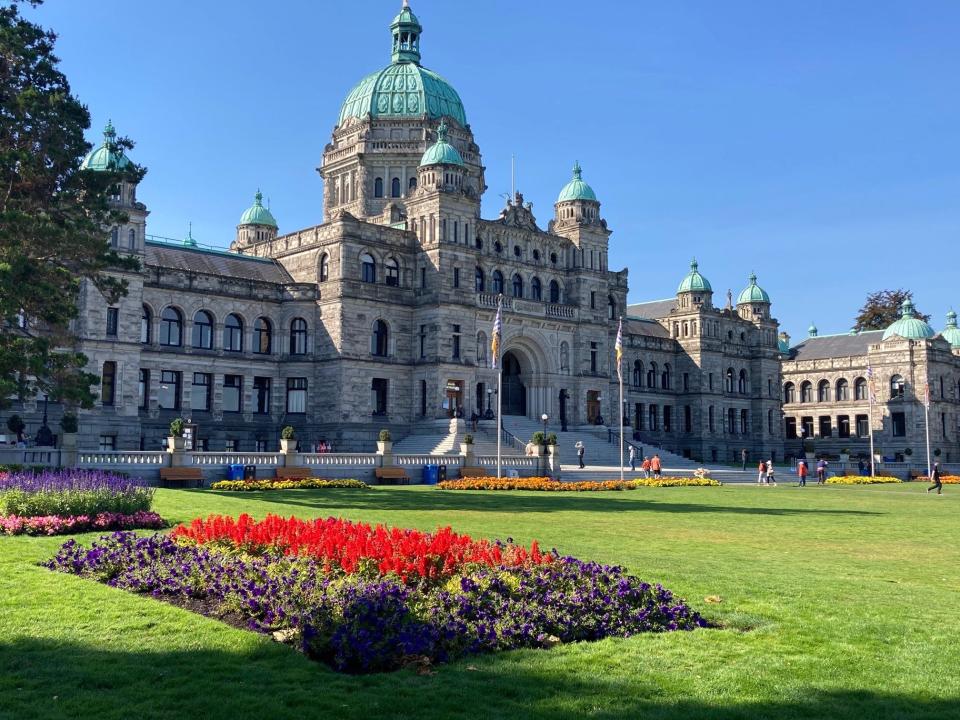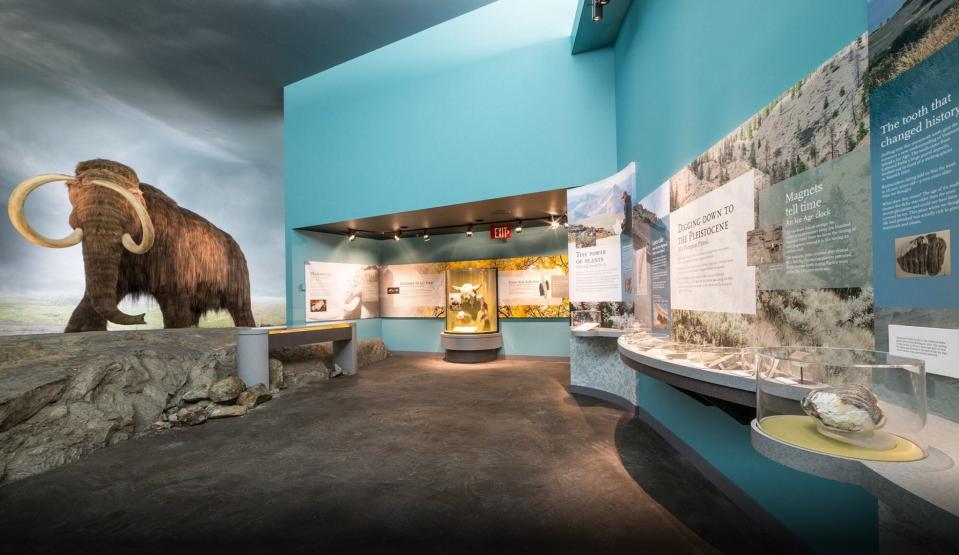How to enjoy Victoria, British Columbia, the Garden City

Victoria is the capital city of British Columbia, located on the southern end of Vancouver Island. Reachable by ferry, boat or air, the most frequent option for visiting Americans is the Black Ball Ferry from Port Angeles, Washington. A 90-minute ferry ride costing a bit more than $100 for a car and its passengers; other ferries offer options from Seattle and areas north to Vancouver, Canada.
Canada has recently eased its pandemic requirements, but you’ll need your passport and a copy of your vaccination record, and one should reserve the ferry in advance.

We spent two days in Victoria, as part of a three-week exploration of Vancouver Island. The island is stunning as to scenery, quite large, running 283 miles in length and about 60 miles in width, and populated by ever-friendly Canadians with vast portions of the island almost roadless and very lightly populated.
Recently ranked the number two small city in the world for travelers by the readers of Condé Nast Traveler magazine, Victoria is a most walkable and bikeable city in the British Columbia Province. With some of the nicest weather and a mild, Mediterranean climate, Victoria offers travelers options for visits any month of the year.

Some of the top attractions include the arrival to the old Inner Harbor aboard the Coho, Black Ball Ferry’s 360 foot ferry from Port Angeles, Washington. As you slowly enter the harbor, you are surrounded by the historic downtown, with majestic Fairmont Empress Hotel dead ahead, the Royal British Columbia Museum to the right, and, the British Columbia Legislative Building to the far right. Daytime, or with thousands of lights at night, this is a remarkable, memorable arrival.
Victoria was founded in 1842, making it one of the oldest settlements in the Pacific Northwest. The Coast Salish First Nations peoples had lived in the area for centuries before. British Columbia’s Legislative Building was constructed in 1897, and the stately Fairmont Empress hotel was constructed on the harbor’s mud flats in 1908, an iconic hotel in the British tradition. Walk through the hotel and the surrounding grounds, awash in flowers year-round, and take the time to experience High Tea in the hotel in the afternoons. Touring the flower-filled grounds and working to take a selfie to celebrate our 53rd wedding anniversary, an ever-friendly Canadian on a nearby bench offered to take our picture introduced herself, and noted she and her husband were celebrating their 64th anniversary.

A walking or biking tour of quaint downtown Victoria yields plenty of shops, restaurants and pubs (we checked two, both on Government Street, the Bard and Banker, and the Irish Times, on our quest for the island’s best fish and chips). “British-inspired” pocket gardens, flowers and hanging baskets, sea planes and harbor tours are in one direction, while Chinatown (second oldest Chinatown on the west coast; walk Fan Tan Alley between Fisgard and Johnson streets), the Abkhazi Gardens, a lovely one-acre garden inspired by the Prince and Princess of Abkhazi and much more, are to the northwest, all within about 10 blocks of the Empress Hotel. The city offers numerous bike lanes set apart from Traffic, so the city is a cyclist’s delight, with several shops renting bikes and scooters.
The Royal British Columbia Museum, next door to the hotel, was founded in 1886 and expanded in 1987 when the Provincial Archives were moved into the museum. It’s a wonderful natural and human history Museum with galleries reflecting the province’s natural history, a Becoming British Columbia exhibit, the First Peoples Gallery and more. A current exhibition includes 200 photos of Victoria and island residents taken during the height of the pandemic, of particular intrigue. Open seven days a week with $5 admission. It’s a must-see (kids five and under are free). Of special interest, even to youngsters, is Thunderbird Park, on the surrounding grounds, featuring native people’s totems reflecting remarkable stories. The museum also features the IMAX Victoria theater, currently showing a stunning film about crossing Canada on the Canadian Railroad.
The British Columbia legislative buildings are also stately additions to the Inner Harbor’s area, with tours available. Once again, the flowers that ring the government buildings make walking the grounds another must-do. And, make a point of walking the Inner Harbor area at night, when lights on the Legislative buildings, the Empress Hotel and waterfront make this a truly magical place.

The same sunny days and mild Mediterranean climate make for both a retirement destination for many Canadians and this special place is a good destination for a visit just about any month of the year.
For more information: Blackball Ferry, cohoferry.com; Fairmont Empress Hotel, fairmont.com; Royal British Columbia Museum, royalbcmuseum.bc.ca; Vancouver Island, vancouverisland.travel; Victoria, BC, tourismvictoria.com.
Contact Tim Viall at tviall@msn.com; Happy Canadian travels.
·
This article originally appeared on The Record: Victoria, British Columbia offers numerous attractions

